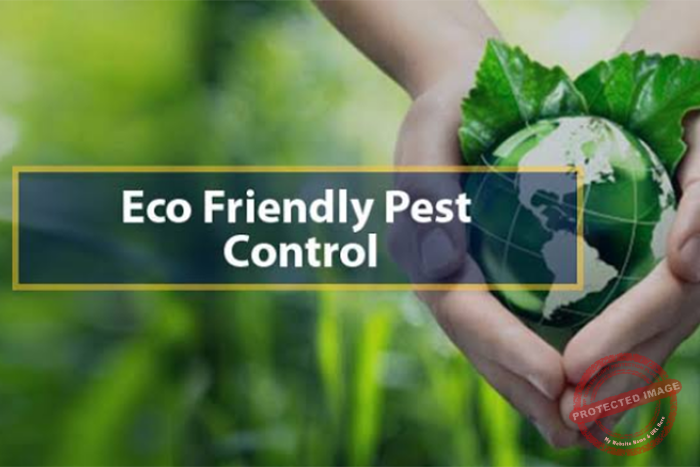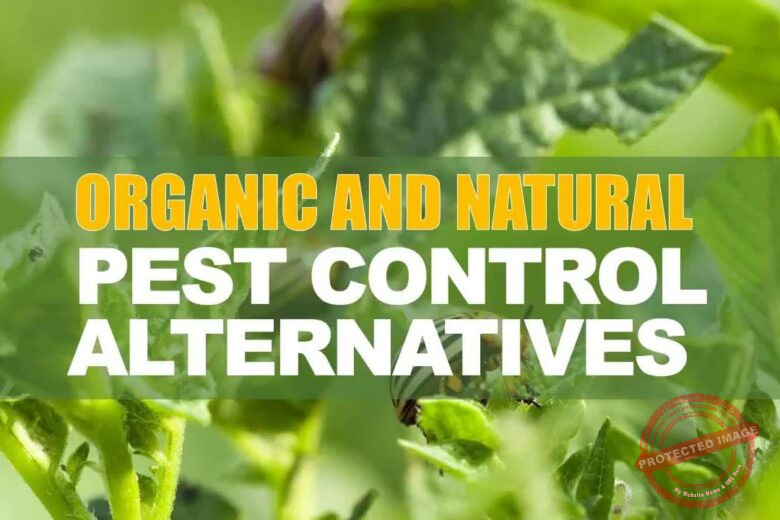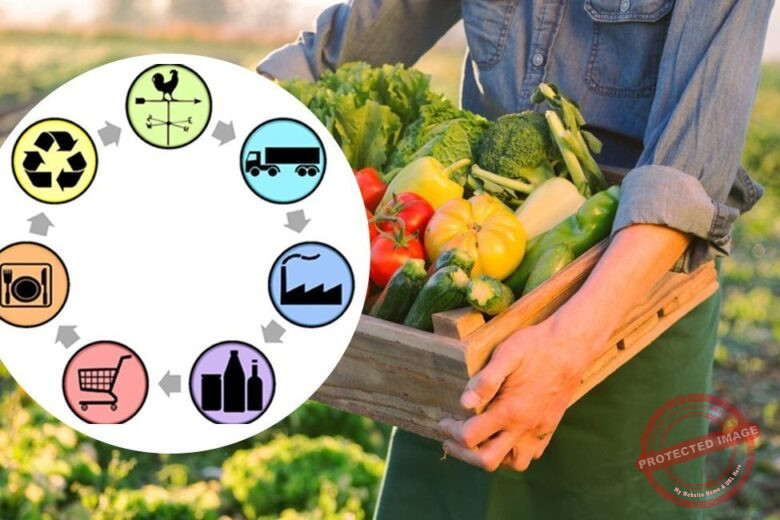Are you looking for the best fertilizers to maximize your yam crop yield? Yam plants require a balanced supply of essential nutrients to thrive and produce healthy tubers. With so many different fertilizers available in the market, it can be overwhelming to choose the right one for your yam crop.
Whether you are looking for a high-nitrogen fertilizer for vegetative growth or a phosphorus-rich fertilizer for tuber formation, this guide has got you covered. Keep reading to discover the best fertilizers for yam and how to use them for optimal results.
12 Best Fertilizer For Yam
It is important that you make use of the right fertilizer when growing yam. For this reason, we have compiled this list of 12 best fertilizer for yam from which you can choose the one that best suit you.
#1. Ammonium Sulphate
Category: Inorganic Fertilizer
Ammonium Sulphate is a widely-used inorganic fertilizer for yam farming. It is a good source of nitrogen and sulphur, both of which are essential for yam growth and development.
The fertilizer is easy to use and can be applied during the vegetative stage of yam growth. Ammonium Sulphate is also relatively affordable and readily available in most agricultural stores.
Read Also: 12 Best Fertilizer for Tomatoes In Africa [Organic & Inorganic]
However, it is important to note that excessive use of Ammonium Sulphate can lead to soil acidification and reduce soil pH, which can be detrimental to yam growth.
Therefore, it’s best to consult an agricultural expert for advice on the appropriate amount to use.
#2. Compost
Category: Organic Fertilizer
Compost is an organic fertilizer that is rich in nutrients and beneficial microorganisms. It is made by decomposing organic matter such as kitchen waste, animal manure, and plant debris.
Compost is easy to use and can be applied at any stage of yam growth. It not only provides essential nutrients for yam growth but also improves soil structure, water retention, and nutrient uptake.
Read Also: 12 Best Fertilizer For Sweet Potato [Organic & Inorganic]
Compost is also eco-friendly and promotes sustainable farming practices. However, it’s important to ensure that the compost is well decomposed before application to prevent the introduction of harmful pathogens and weed seeds into the soil.
#3. Single Super Phosphate
Category: Inorganic Fertilizer
Single Super Phosphate is an inorganic fertilizer that is rich in phosphorus, an essential nutrient for root development in yam.
It is easy to use and can be applied during the planting stage of yam growth. Single Super Phosphate is also relatively affordable and readily available in most agricultural stores.
Read Also: 12 Best Fertilizer For Sweet Pepper [Organic & Inorganic]
However, it’s important to note that excessive use of this fertilizer can lead to the accumulation of phosphorus in the soil, which can lead to pollution and environmental degradation.
Therefore, it’s best to use Single Super Phosphate in moderation and in combination with other fertilizers to avoid over-fertilization.
#4. Manure (Poultry and Cattle)
Category: Organic Fertilizer
Manure from poultry and cattle is a popular organic fertilizer for yam farming. It is rich in essential nutrients such as nitrogen, phosphorus, and potassium, and contains beneficial microorganisms that improve soil health.
Read Also: 12 Best Fertilizer for Palm Tree: Best To Boost Your Palm Oil Production
Manure is easy to use and can be applied at any stage of yam growth. It also improves soil structure, water retention, and nutrient uptake.
However, it’s important to ensure that the manure is well decomposed before application to prevent the introduction of harmful pathogens and weed seeds into the soil.
The nutrient content of manure can vary depending on the feed and management practices of the animals.
Therefore, it’s important to use manure in combination with other fertilizers and to consult an agricultural expert for advice on the appropriate amount to use.
Read Also: 12 Best Fertilizer For Cucumbers [Organic & Inorganic]
#5. Muriate of Potash
Category: Inorganic Fertilizer
Muriate of Potash is an inorganic fertilizer that is rich in potassium, an essential nutrient for yam tuber development.
It is easy to use and can be applied during the tuber formation stage of yam growth. Muriate of Potash is also relatively affordable and readily available in most agricultural stores.
However, it’s important to note that excessive use of this fertilizer can lead to the accumulation of chloride in the soil, which can be harmful to some plants and reduce soil fertility.
Therefore, it’s best to use Muriate of Potash in moderation and in combination with other fertilizers to avoid over-fertilization.
Read Also: 12 Best Fertilizers For Cassava In Africa
#6. Kelp Meal
Category: Organic Fertilizer
Kelp Meal is an organic fertilizer made from dried seaweed. It is rich in essential nutrients such as nitrogen, phosphorus, and potassium, as well as trace elements such as iron and zinc.
Kelp Meal is easy to use and can be applied at any stage of yam growth. It not only provides essential nutrients for yam growth but also improves soil structure and enhances microbial activity.
Kelp Meal is also eco-friendly and promotes sustainable farming practices. However, it’s important to ensure that the kelp is harvested sustainably and that the product is free from contaminants.
The nutrient content of Kelp Meal can vary depending on the source and processing methods.
Therefore, it’s important to use Kelp Meal in combination with other fertilizers and to consult an agricultural expert for advice on the appropriate amount to use.
Read Also: 15 Best Fertilizer for Rice Farm [Organic & Inorganic Fertilizers]
#7. NPK Fertilizer
Category: Inorganic Fertilizer
NPK fertilizer is an inorganic fertilizer that contains a balanced combination of nitrogen, phosphorus, and potassium, essential nutrients for yam growth.
It is easy to use and can be applied at any stage of yam growth, depending on the nutrient needs of the plant. NPK fertilizer is also relatively affordable and readily available in most agricultural stores.
However, it’s important to note that excessive use of this fertilizer can lead to over-fertilization, which can be harmful to the plant and the environment.
Read Also: 15 Best Fertilizers for Watermelon: Organic & Inorganic
Therefore, it’s best to use NPK fertilizer in moderation and in combination with other fertilizers to avoid over-fertilization and promote sustainable farming practices.
#8. Bone Meal
Category: Organic Fertilizer
Bone Meal is an organic fertilizer made from ground animal bones. It is rich in phosphorus, an essential nutrient for yam root development.
Bone Meal is easy to use and can be applied during the planting stage of yam growth. It also contains calcium and other micronutrients that improve soil structure and promote microbial activity.
However, it’s important to ensure that the bones are sourced from healthy animals and that the product is free from contaminants.
Read Also: 15 Best Fertilizers for Beans [Organic & Inorganic]
The nutrient content of Bone Meal can vary depending on the source and processing methods.
Therefore, it’s important to use Bone Meal in combination with other fertilizers and to consult an agricultural expert for advice on the appropriate amount to use.
#9. Urea
Category: Inorganic Fertilizer
Urea is an inorganic fertilizer that contains high levels of nitrogen, an essential nutrient for yam growth. It is easy to use and can be applied at any stage of yam growth.
Urea is also relatively affordable and readily available in most agricultural stores. However, it’s important to note that excessive use of this fertilizer can lead to over-fertilization, which can harm the plant and the environment.
Therefore, it’s best to use Urea in moderation and in combination with other fertilizers to avoid over-fertilization and promote sustainable farming practices.
Read Also: 21 Best Fertilizer for Soybeans Organic & Inorganic: Maximizing Yield and Quality
#10. Triple Super Phosphate
Category: Inorganic Fertilizer
Triple Super Phosphate is an inorganic fertilizer that contains high levels of phosphorus, an essential nutrient for yam root development.
It is easy to use and can be applied during the planting stage of yam growth. Triple Super Phosphate is also relatively affordable and readily available in most agricultural stores.
However, excessive use of this fertilizer can lead to soil acidity and the accumulation of heavy metals in the soil.
Therefore, it’s best to use Triple Super Phosphate in moderation and in combination with other fertilizers to avoid over-fertilization and promote sustainable farming practices.
It’s also important to monitor soil pH levels and adjust the application rate accordingly to avoid soil acidity issues.
#11. Green Sand
Category: Organic Fertilizer
Green Sand is an organic fertilizer that contains high levels of potassium, an essential nutrient for yam growth. It also contains other micronutrients that promote healthy plant growth and improve soil structure.
Green Sand is easy to use and can be applied during the planting stage of yam growth. It’s also relatively affordable and readily available in most agricultural stores.
However, it’s important to note that the nutrient content of Green Sand can vary depending on the source and processing methods.
Therefore, it’s best to use Green Sand in combination with other fertilizers and to consult an agricultural expert for advice on the appropriate amount to use.
#12. Calcium Ammonium Nitrate
Category: Inorganic Fertilizer
Calcium Ammonium Nitrate is an inorganic fertilizer that contains a balanced combination of nitrogen and calcium, essential nutrients for yam growth.
It is easy to use and can be applied at any stage of yam growth, depending on the nutrient needs of the plant. Calcium Ammonium Nitrate is also relatively affordable and readily available in most agricultural stores.
However, it’s important to note that excessive use of this fertilizer can lead to over-fertilization, which can be harmful to the plant and the environment.
Therefore, it’s best to use Calcium Ammonium Nitrate in moderation and in combination with other fertilizers to avoid over-fertilization and promote sustainable farming practices.
Benefits of Applying Fertilizer to Yam
- Improved Yield: Applying fertilizers to yam can significantly improve the crop’s yield by providing essential nutrients for growth and development.
- Enhanced Nutritional Value: Fertilizers can improve the nutritional value of yam by providing essential nutrients such as nitrogen, phosphorus, and potassium, which are necessary for healthy plant growth and root development.
- Faster Growth: Fertilizers can promote faster growth and development of yam, leading to earlier harvests and improved productivity.
- Resistance to Diseases and Pests: Properly fertilized yam crops are more resistant to diseases and pests, which can significantly reduce crop losses and improve overall plant health.
- Sustainable Farming: Fertilizer application can promote sustainable farming practices by improving soil fertility and reducing the need for chemical pesticides and herbicides.
Disadvantages of Applying Fertilizer to Yam
- Environmental Impact: Overuse of fertilizers can result in environmental degradation, including soil and water pollution, and harmful algal blooms.
- Soil Degradation: Overuse of fertilizers can lead to soil degradation, including nutrient depletion, increased soil acidity, and reduced soil fertility.
- Health Risks: Some chemical fertilizers contain harmful chemicals that can pose health risks to humans and animals, including heavy metals and toxic chemicals.
- Cost: Fertilizers can be expensive, especially for large-scale farming operations, which can significantly impact profitability.
How to Apply Organic fertilizer to Yam
- Prepare the Soil: Before applying organic fertilizer, prepare the soil by removing weeds, debris, and rocks. Loosen the soil to promote proper root development and nutrient uptake.
- Apply Fertilizer: Spread the organic fertilizer evenly over the soil, using a rake or a spreader. Apply a layer of compost or manure at least 2 inches deep.
- Mix Fertilizer into the Soil: Use a garden fork or a tiller to mix the fertilizer into the soil to ensure proper distribution of nutrients.
- Water the Soil: Once you have applied the fertilizer, it is important to adequately water the soil to ensure that the nutrients can deeply infiltrate the soil and get to the roots.
- Repeat Application: Apply organic fertilizer every four to six weeks during the growing season to ensure proper nutrient supply to the yam crop.
How to Apply Inorganic fertilizer to Yam
- Calculate the Required Amount: Before applying inorganic fertilizer, determine the amount needed by conducting a soil test. Follow the manufacturer’s instructions on the fertilizer packaging to determine the appropriate application rate.
- Prepare the Soil: Prepare the soil by removing weeds, debris, and rocks. Loosen the soil to promote proper root development and nutrient uptake.
- Apply Fertilizer: Spread the inorganic fertilizer evenly over the soil using a rake or a spreader. Apply the fertilizer at the recommended rate based on the soil test results.
- Water the Soil: Giving the soil a thorough watering after applying the fertilizer will aid in the distribution of nutrients into the soil and their distribution towards the roots.
- Repeat Application: Apply inorganic fertilizer every four to six weeks during the growing season to ensure proper nutrient supply to the yam crop.
Factors to Consider when Choosing Fertilizer for Yam
- Soil Type: The soil type affects the type of fertilizer required. Conduct a soil test to determine the nutrient content of the soil and select a fertilizer that will address any deficiencies.
- Nutrient Requirements: Different crops require different nutrient levels. Determine the yam crop’s nutrient requirements and select a fertilizer that will provide the necessary nutrients.
- Fertilizer Composition: Fertilizers have varying compositions and nutrient ratios. Consider the fertilizer’s nutrient ratio and select one that matches the crop’s requirements.
- Cost: Fertilizers can be expensive, especially for large-scale farming operations. Consider the cost of the fertilizer when choosing a product.
When to Apply Fertilizer to Yam
- Pre-Planting: Apply fertilizer before planting to prepare the soil and provide nutrients for the yam crop.
- During Planting: Apply fertilizer during planting to ensure proper nutrient supply for the yam crop.
- Growing Season: Apply fertilizer every four to six weeks during the growing season to ensure proper nutrient supply to the yam crop.
Where to Buy Organic Fertilizer
- Local Garden Centers: Local garden centers may sell organic fertilizers or have information on where to find them.
- Farmer’s Markets: Farmer’s markets may have vendors that sell organic fertilizers or can provide information on where to find them.
- Online Retailers: Online retailers such as Amazon or eBay offer a variety of organic fertilizers that can be delivered to your doorstep.
- Direct from Producers: Some organic fertilizer producers sell directly to consumers. Look for contact information on the packaging or conduct a search online to find producers in your area.
Liquid Fertilizer for Yam
Liquid fertilizers are a popular choice for yam farming because they can be applied directly to the plant’s leaves, allowing for rapid nutrient uptake.
Liquid fertilizers can be organic or inorganic and are available in a variety of formulations.
They are easy to use and require minimal preparation. However, they may not provide long-lasting nutrients compared to granular fertilizers.
Is Urea Fertilizer Good for Yam
Urea is a commonly used inorganic fertilizer that is suitable for yam farming. It contains high levels of nitrogen, which is essential for plant growth and development.
However, excessive use of urea can lead to soil acidification, which can be detrimental to the yam crop. It is important to apply urea in the correct amounts and follow the recommended application rates.
When to Apply Fertilizer to Yam
Fertilizer application timing is critical to the success of yam farming. Pre-planting fertilizer should be applied two to three weeks before planting, and starter fertilizer can be applied at planting time.
During the growing season, fertilizer should be applied every four to six weeks to ensure proper nutrient supply to the yam crop.
NPK Fertilizer for Yam
NPK fertilizer is a popular inorganic fertilizer for yam farming. It contains nitrogen, phosphorus, and potassium, which are essential macronutrients for plant growth and development.
NPK fertilizer is available in different ratios, and the appropriate ratio depends on the specific nutrient requirements of the yam crop.
Planting Date for Yam
Yam should be planted during the rainy season when the soil is moist and temperatures are warm.
The exact planting date may vary depending on the location and climate. In general, yam can be planted between March and June in tropical regions.
Harvesting of Yam
Yam is ready for harvest 9-12 months after planting, depending on the variety. Signs of maturity include yellowing of the leaves and wilting of the vine.
To harvest yam, dig up the tubers using a spade or fork. Carefully remove the soil to avoid damaging the tubers. After harvest, yam should be cured and stored in a cool, dry place.
Conclusion
By using the right fertilizer, you can boost the growth and yield of your yam crop significantly. From compost, to NPK fertilizer, to Muriate of Potash, to manure and so on, this guide has provided you with a comprehensive list of the 12 best fertilizers for yam. So, go ahead and choose the one that suits your yam farming needs and witness a bountiful harvest.
![How To Buy Farmland For Investment [Farmer’s Guide]](https://agrolearner.com/wp-content/uploads/2024/01/Farmland.jpg)


